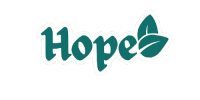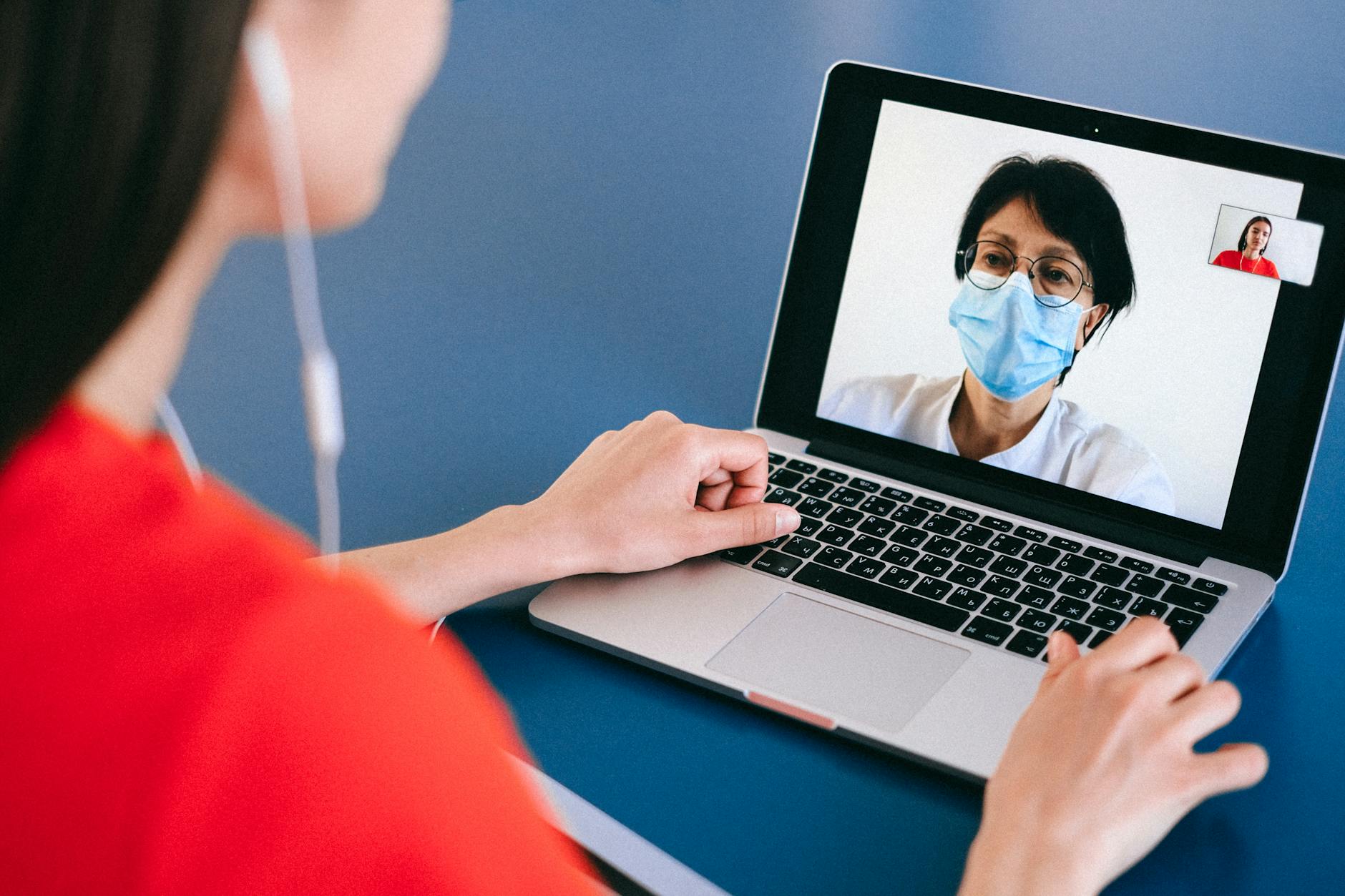Telehealth services are increasingly popular, and the design of your booking page directly impacts patient adoption and conversion. For doctors and clinic managers, a well-structured telehealth booking page ensures patients can easily schedule virtual consultations, reduces abandoned bookings, and strengthens your digital service offering.
Why Telehealth Booking Page Design Matters
- Improves conversion rates: Clear, simple booking pages encourage patients to complete the process.
- Supports patient convenience: Easy scheduling and access instructions improve adoption.
- Enhances clinic efficiency: Reduces administrative burden by automating scheduling and confirmations.
- Boosts trust and professionalism: A polished booking experience reflects positively on your clinic.
Key Elements of High-Converting Telehealth Booking Pages
- Prominent Call-to-Action (CTA)
- Place a clear “Book Telehealth Appointment” button above the fold.
- Repeat CTAs throughout the page to reduce friction.
- Simplified Booking Form
- Ask only for essential details: patient name, contact info, preferred date/time, and service type.
- Include optional fields for patient notes if necessary.
- Mobile-First Design
- Most telehealth bookings happen on mobile devices, so forms and CTAs should be responsive and easy to tap.
- Use large buttons and fields, and keep the design uncluttered.
- Integration with Video Platforms
- Clearly communicate which platform will be used (Zoom, Teams, Doxy.me, etc.).
- Provide instructions or links for first-time users to test their connection.
- Real-Time Availability and Scheduling
- Sync with clinic calendars to prevent double bookings.
- Allow patients to see available slots in real-time to reduce back-and-forth communications.
- Instant Confirmation and Reminders
- Send immediate confirmation emails or SMS messages.
- Include telehealth session links, instructions, and any pre-consultation forms.
- Trust Signals
- Include doctor profiles, credentials, and a brief explanation of telehealth benefits.
- Display privacy policies and data security assurances to reassure patients.
- Optional Account Creation
- Allow patients to create accounts to save information for future appointments.
- Guest booking should also be an option to reduce friction for new patients.
- Visual Hierarchy and Clarity
- Use headings, subheadings, and bullet points to highlight key information.
- Include icons or graphics to make the page visually appealing and easy to scan.
Examples of Strong Telehealth Booking UX
- London GP Clinic: One-page booking with available slots displayed, clear video instructions, and SMS confirmation.
- Melbourne Mental Health Service: Minimal form fields, doctor profiles, secure video integration, and step-by-step guidance for first-time patients.
- Toronto Physiotherapy Centre: Mobile-first design, sticky “Book Telehealth Appointment” CTA, and automated reminders with rescheduling links.
Final Thoughts
A well-designed telehealth booking page improves patient experience, reduces administrative workload, and maximises appointment conversions. By prioritising mobile-first design, simplifying forms, integrating video platforms, and providing clear instructions and confirmations, clinics can make telehealth an accessible, seamless service for their patients.



